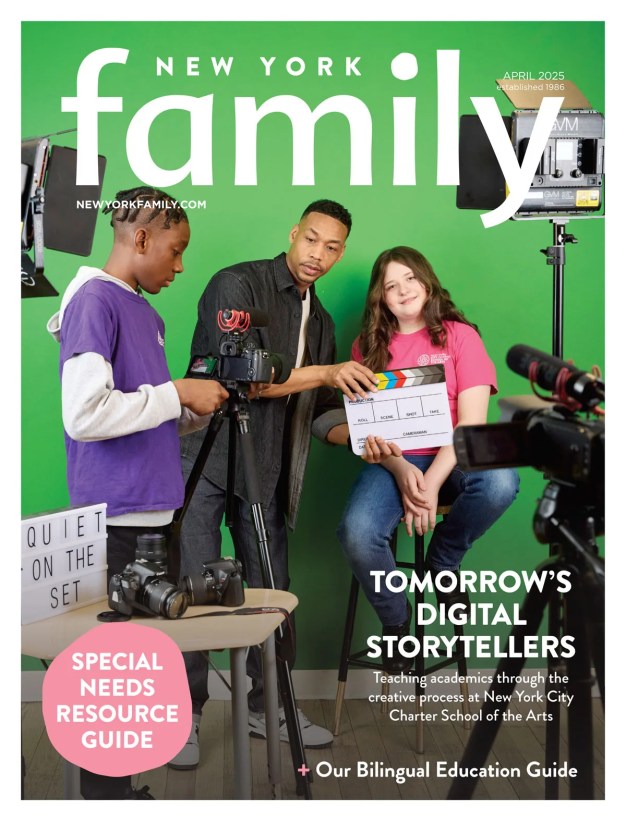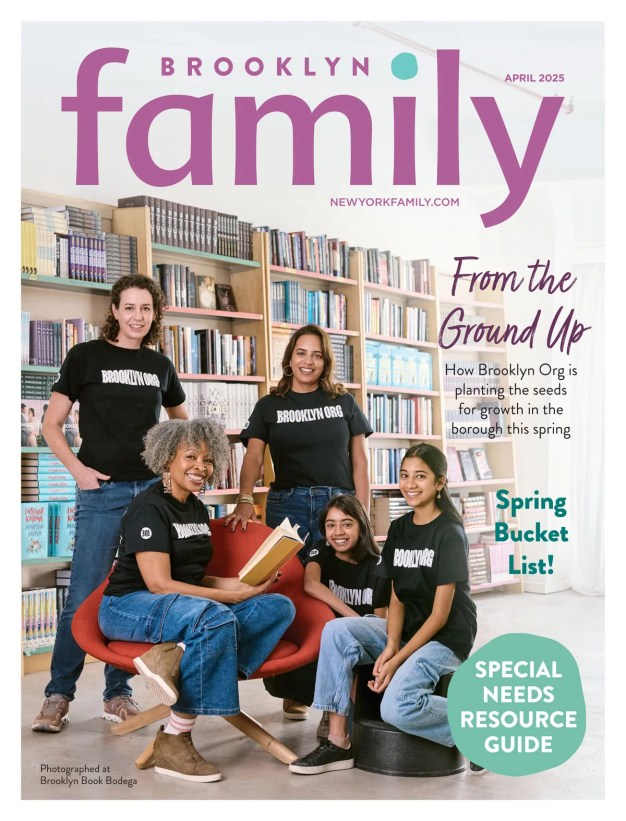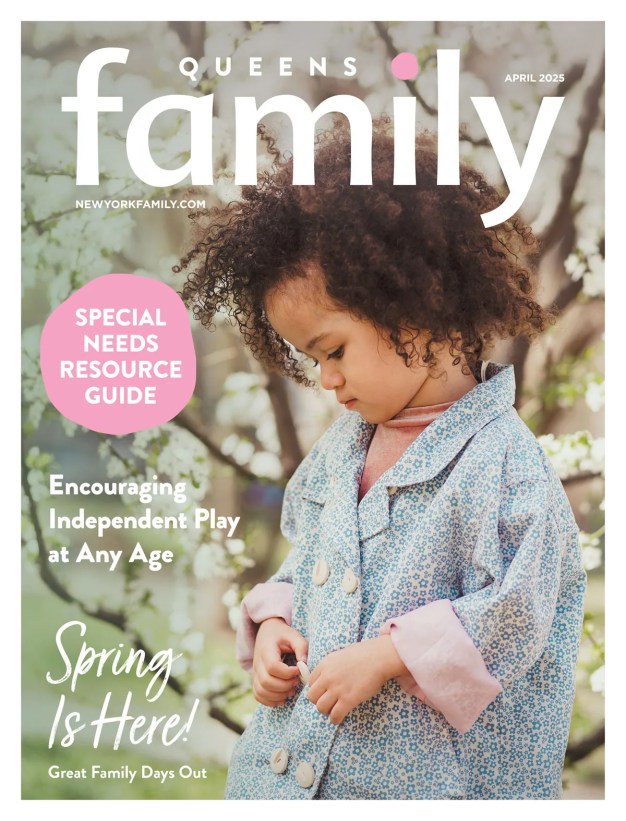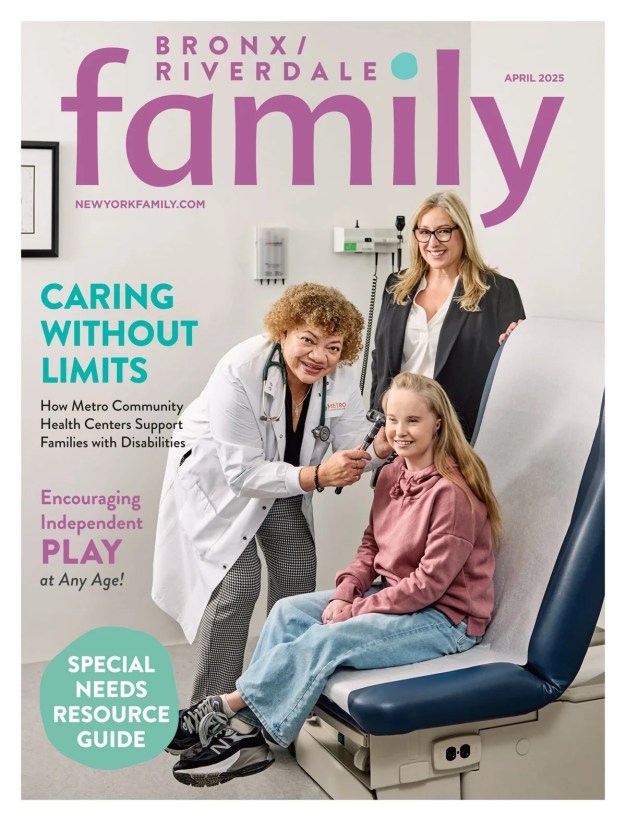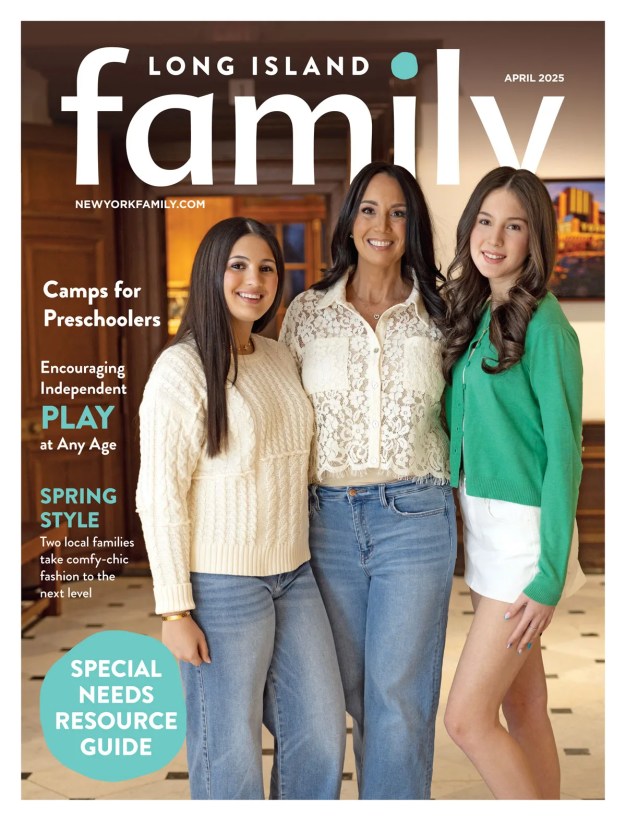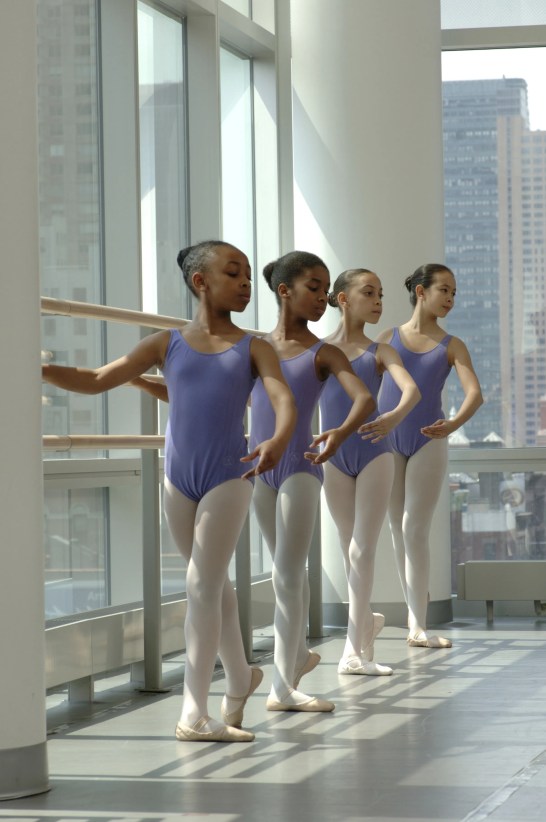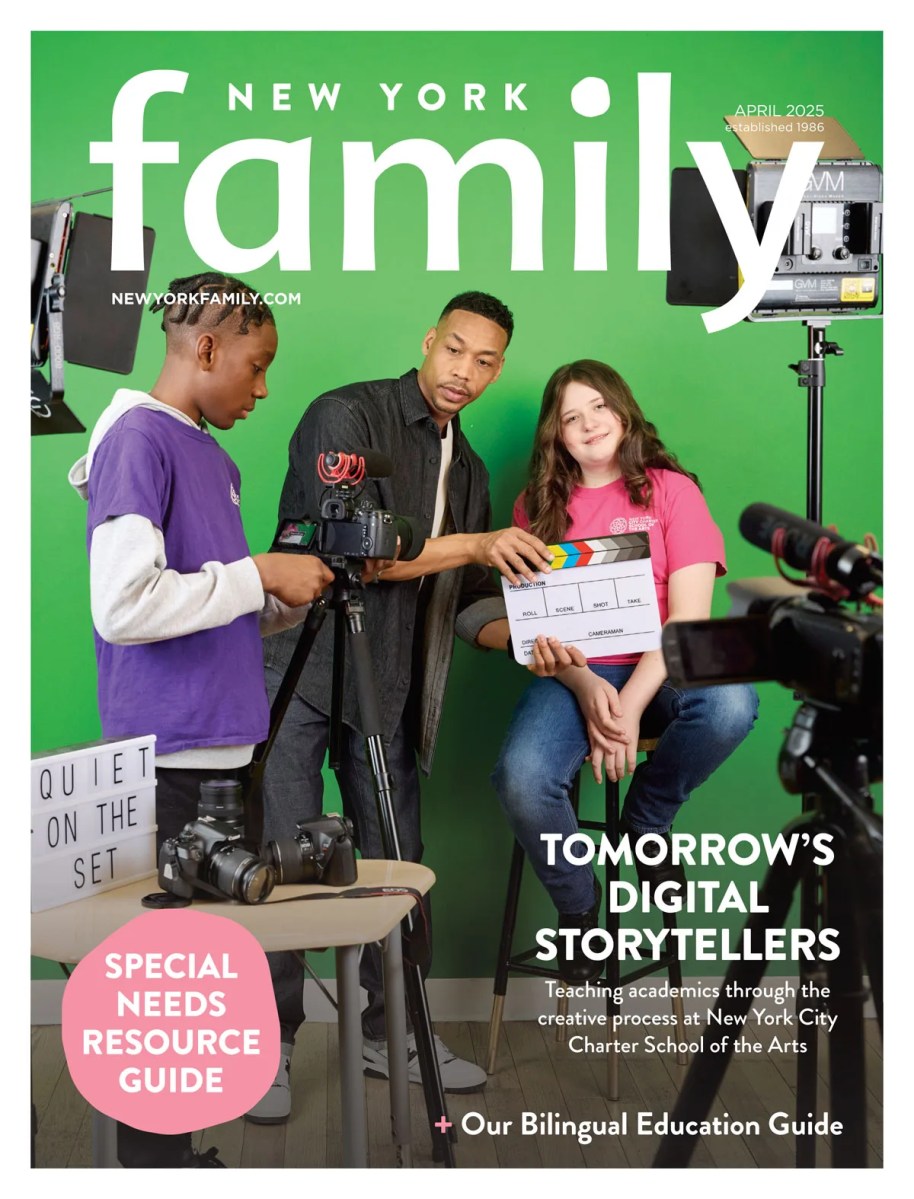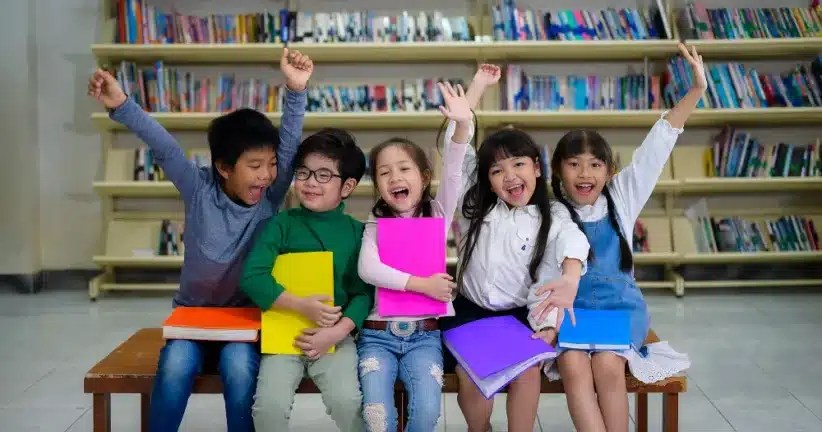
Learn the Best Early Literacy Practices with Free Storytime Programs at Queens Public Library
Queens Public Library has multiple locations across the borough offering story times for young children with thoughtfully selected books, songs, fingerplays, and more to delight little ones at various stages of early development. These programs are also designed to introduce parents and caregivers to the five practices recommended for improving literacy skills.
The five practices known to help develop early literacy skills are: Talking, Singing, Writing, Reading, and Playing. The more children take part in these activities, employing new words, letters, and sounds, the more they will be able to absorb, understand and grow. Queens Public Library’s story time programs instruct caregivers on how to incorporate each activity into your child’s everyday life. Here are some tips.
Talking
Children learn language by listening to adults talk and joining in on the conversation. Speak often!
Try this at home! Narrate your life, including everyday activities like doing chores or grocery shopping. Find a book with exciting pictures and talk about what you see, such as colors, shapes, or characters. No need to match the written words of the story—let the conversation lead the way!
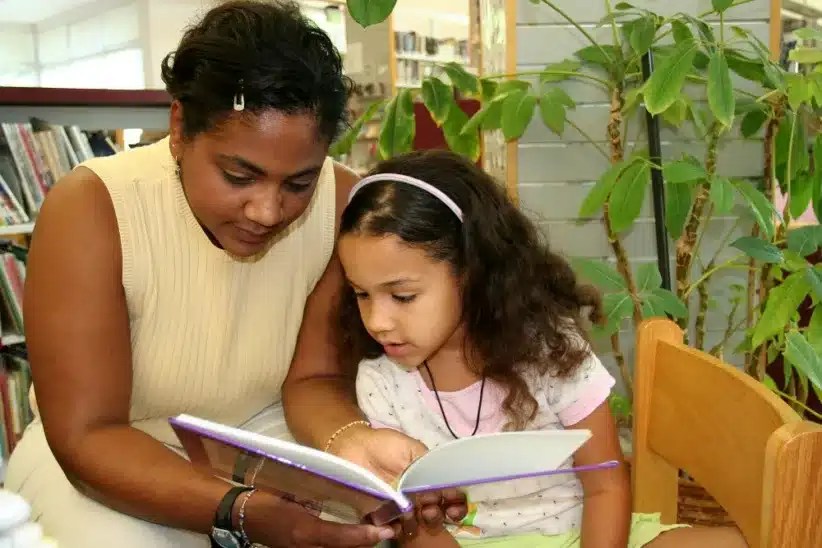
Singing
Songs are natural, fun ways for children to learn language. So how are songs and reading related? Singing slows down language. When children hear words broken down into smaller sound parts, it can encourage them to sound out words, both when they speak and read.
Try this at home! Sing while doing daily activities like feeding, bathing, or changing diapers.
Writing
Reading and writing emphasize one another; after all, they’re both written expressions of the spoken word. Writing and scribbling help children learn that written words stand for spoken language and real objects.
Try this at home! Write out your child’s name and have them trace the letters with their fingers. Now do the same with a word for something they like, such as: doll, truck, or puppy. Give your child a crayon and ask them to draw a picture that goes with the word they traced.
Reading
Offering your children, the pleasure of books and reading is a gift. By sharing books with your little ones, and allowing them to participate in the reading process, you are keeping them engaged and attentive.
Try this at home! Let your children turn the pages, stop and talk about a picture, or ask an open-ended question to keep their interest in reading.
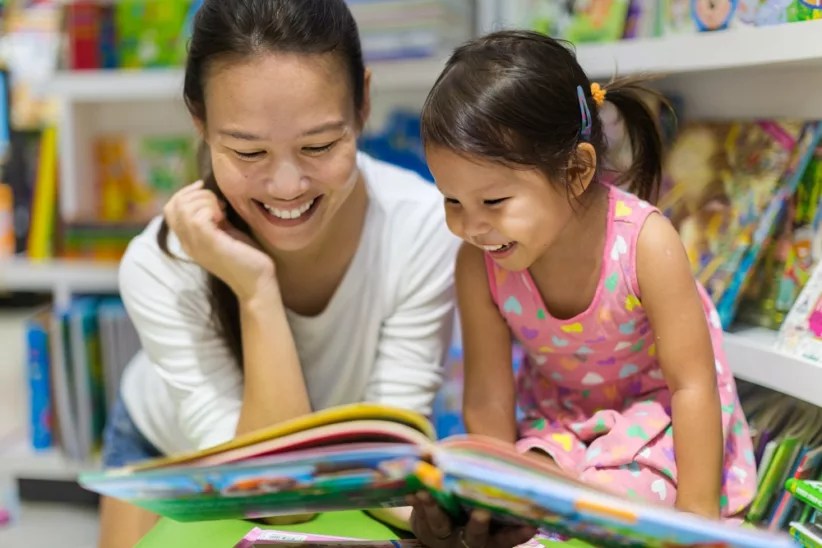
Playing
Playing is about more than fun; it’s an essential part of learning! Playing helps children put thoughts into words and think symbolically. There is a strong relationship between play and language. When children play pretend, they use one object to represent another. For example, a block may represent a truck or a cell phone: a pencil may symbolize a magic wand. This thinking process is also a part of reading.
Try this at home! Use everyday objects, like pots and pans, clothes, or empty boxes, to engage in creative and imaginative play.
Learn more at one of the Queens Public Library Branches. From Astoria to South Ozone Park, the story time programs serve all the populations of Queens and celebrate the diversity of cultures, families, and traditions. Programs are held in multiple languages including Spanish, Bengali and Mandarin. In the month of March, various locations will highlight Women’s History Month. In April, join Passover and Ramadan-themed story times!
SPONSORED CONTENT BY QUEENS PUBLIC LIBRARY
Psst… Check out ChatGPT: What It Is and Why It’s Banned in NYC Schools
